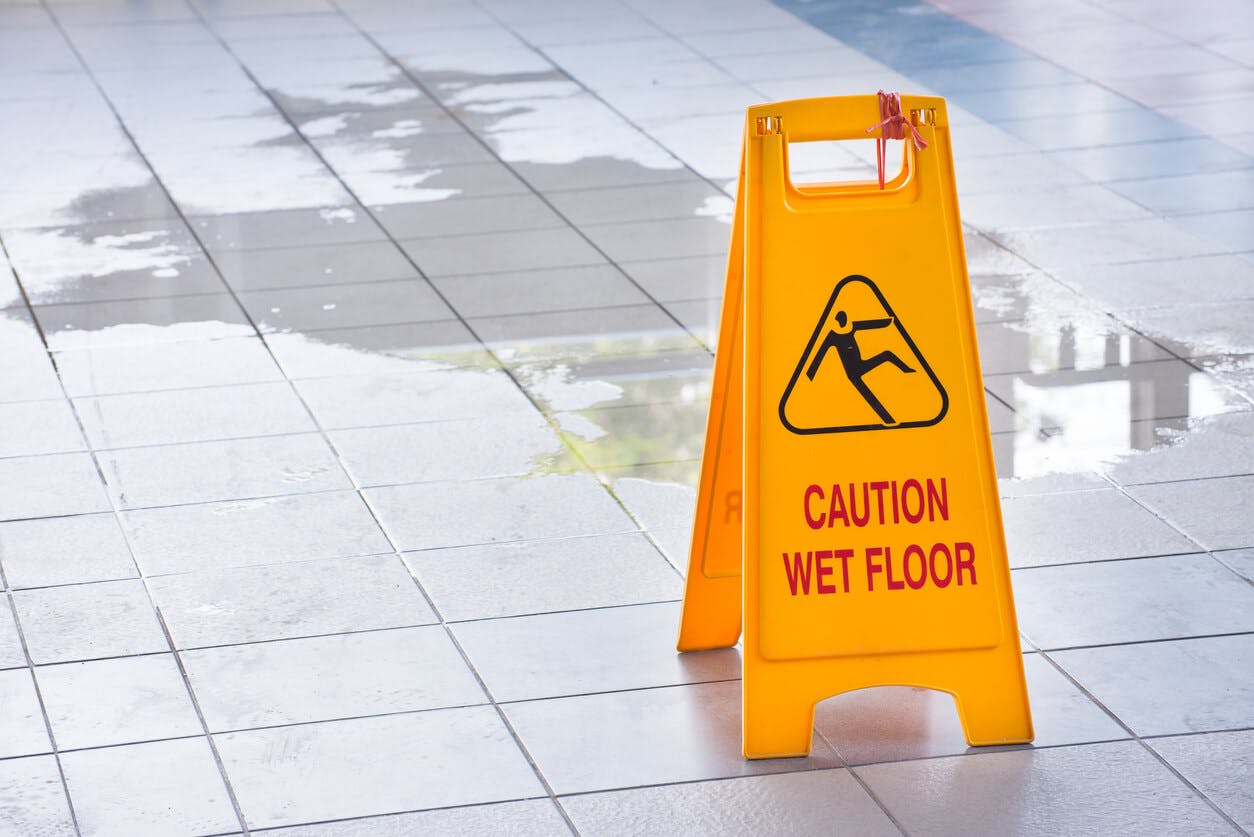Slip And Fall Accident Lawyer NYC

Cases involving trip/slip and fall matters generally can be categorized as a Premises related matter (see section on Premises case for more information).
Trip and fall cases and slip and fall cases can be further divided into the following:
Trip and fall cases on City sidewalks or other public areas (see separate section “Defective Sidewalk Accidents”);
Slip and fall snow and ice cases on City sidewalks or other public areas (see separate section “Snow and Ice Accidents”);
Trip and fall on defective conditions on private property (both inside buildings and outside);
Slip and fall matters on private property on transitory conditions, such as garbage, debris, cleaning solutions or other dangerous conditions that have a tendency to change;
Slip and fall on snow and ice-related matters involving private property;
Trip and fall accidents on construction sites involving construction workers (see separate section “Construction Accidents”).
Generally, the owner and/or managing agent are the responsible parties for the proper maintenance of a particular property. In certain circumstances an independent contractor may also be liable for dangerous condition as a result of the work that they were hired to perform. In cases involving improper design or selection of improper materials an architect may also be found liable. For construction related accidents please see the section of this site that is specific to construction related matters. Construction workers are protected by the Labor Law, which imposes certain obligations upon the owner and general contractor of a construction site.
Liability for an injury may be based on either common law principles of negligence or a breach of a statutory obligation.
COMMON LAW OBLIGATION OF REASONABLE CARE:
Common law is a body of law created over time by the decisions of higher courts. In short, negligence based upon common law can be loosely defined as the failure to exercise reasonable care that has resulted in damages. Of course the issue of what is reasonable is a fairly subjective determination. In other words, there are many cases where the jury who is the “finder of fact” actually applies the standard of reasonableness ‑ what may be reasonable to one jury may not be reasonable to another. In applying the duty of reasonable care to the category of a premises related matter, the plaintiff (the one bringing the case) must prove that there was an unreasonably dangerous condition and that the dangerous condition was a substantial cause of the given accident.
Notice:
Generally, the plaintiff must further prove that the defendant had “notice” of the dangerous condition. There have been many premises related cases dismissed by the court even before they reach the jury, due to the failure of the plaintiff’s case to establish some proof of notice.
Due to the fact that the issue of “notice” is such an important element in a premises related matter, it is important that there be a clear understanding of what “notice” is. Many attorneys do not take the time to explain the applicable law to the client, or only take the time to explain after a problem of lack of proof has surfaced (which may be two years into the case ‑ when the proof may be gone or recollections of key witnesses fade). This is one of the primary reasons why it is important to obtain an attorney as soon as possible in a premises related matter who will take the time to explain what is required. This is critically important, for thorough pre‑suit investigation close in time to the accident may uncover the proof of the “notice” requirement. Statements may be taken of persons who may be familiar with the condition in question close in time to the accident, when they are in the best position to comment on how long the condition was in existence. Photographs can also be used to proof notice (depending on the nature of the condition) as long as they are taken close in time to the accident.
Notice may be established in two possible ways ‑ (1) Actual Notice or (2) Constructive Notice.
Actual notice means that the defendant actually knew of the condition through their own observations, or caused and created the condition through their own affirmative acts.
Constructive notice means that the condition was in existence for a long enough time before the occurrence that in the exercise of reasonable care a reasonable person who has the obligation of maintenance or repair should have known of it with enough time to repair it before the accident. In other words, constructive notice may be established even if the defendant had no actual knowledge of the condition before the accident.
Because the burden of proof is upon the plaintiff’s case, if the plaintiff has no proof of actual notice or constructive notice, then the judge upon motion by the defendant may dismiss the case.
The element of notice is important to understand, for many people have the false belief that all that is required is to proof that there was a defect and that an injury resulted therefrom. It is also important for the client to have a clear understanding of the notice requirement, for many times it is the client who has the understanding of the relationship of the defendant to the property in question, and is therefore in a better position than the attorney to offer some suggestions as to the direction of investigation.
STATUTORY CAUSE OF ACTION:
A “statute” is a rule of law created by the legislature. There are many premises cases in which the cause of action is based upon the defendant’s breach of a statutory obligation.
In order for the statute to apply to the case, the statute claimed to be violated must be one intended to protect the class of persons that the plaintiff is part of. For example, there are Labor Law statutes intended to protect construction workers, that do not necessarily provide the same protection to pedestrians passing by a construction site.
Generally, a cause of action based upon a breach of a statutory obligation may be stronger than a common law claim, in that the court instructs the jury that if they find that there has been a breach of the statutory requirement, then they must find negligence. There are many statutory obligations imposed on landowners. For example, the New York State Multiple Dwelling Law imposes certain “nondeligible” obligations upon the landowner, as well as many other statutory requirements. There are also many cases based on Building Code violations.
The body of potential statutory and code violations are too extensive to provide and accurate synopsis in this passage and therefore there is too much of a risk that something that may apply to your case not mentioned may dissuade the reader from seeking legal advise. In short, the potential of a statutory violation as the basis of a case is one of the reasons why it is important to seek the advice of a qualified attorney specializing the personal injury matters.
CONCLUSION:
Premises related cases encompass a large body of personal injury types of cases. The case may be established based upon a common law deviation of reasonable care or based upon a violation of a particular statutory requirement. Many Premises related cases have been dismissed based upon the plaintiff’s failure to present evidence of the element of “notice.” Early professional investigation into a premises related accident may make the difference between failure and success.
THE ABOVE PASSAGE IS NOT INTENDED TO ACT AS A SUBSTITUTE FOR LEGAL ADVISE, BUT RATHER TO PROVIDE SOME BACKGROUND OF THE COMMON ISSUES OF THIS CATEGORY OF A CLAIM. PLEASE CONTACT OUR OFFICE EITHER BY PHONE OR E‑MAIL TO OBTAIN THE LEGAL ADVICE THAT YOU ARE ENTITLED TO. THERE IS NO FEE FOR A CONSULTATION AND OUR OFFICE ONLY OBTAINS A LEGAL FEE CONTINGENT UPON RECOVERY.
What is My Slip and Fall Accident Case Worth?
Contact The Law Office of Joel J. Turney, LLC today and find out what your case is worth. Call (212) 840-7000 or submit this form for a FREE case evaluation.

